 Already halfway through June, it’s summer break for many. Students and faculty are settling into summer routines. New graduates still have that glow of accomplishment and that “can-do” attitude of taking on the world. The last thing on many minds is school – in fact, our summer vacations are an escape from it! But against this instinct of escape, I invite the summer reader to bring a copy of Hunt Janin’s The University in Medieval Life to his or her next trip to the beach. In this readable work of scholarship, Janin blows the dust off of the seemingly dry history of universities. Beginning with the rise of universities in the early high Middle Ages and finishing with their educational changes during the Italian Renaissance, Janin pays special attention to the people who made the university, not to the university as an institution. The result is a book filled with the colorful cast of nobles, clerics and scholars who laid the foundations of our modern colleges and universities. In becoming acquainted with the shocking people and interesting events that shaped the medieval university, the summer reader will find Janin’s work more fulfilling than the latest gossip in People magazine and, surprisingly, more worthwhile than people-watching at the beach.
Already halfway through June, it’s summer break for many. Students and faculty are settling into summer routines. New graduates still have that glow of accomplishment and that “can-do” attitude of taking on the world. The last thing on many minds is school – in fact, our summer vacations are an escape from it! But against this instinct of escape, I invite the summer reader to bring a copy of Hunt Janin’s The University in Medieval Life to his or her next trip to the beach. In this readable work of scholarship, Janin blows the dust off of the seemingly dry history of universities. Beginning with the rise of universities in the early high Middle Ages and finishing with their educational changes during the Italian Renaissance, Janin pays special attention to the people who made the university, not to the university as an institution. The result is a book filled with the colorful cast of nobles, clerics and scholars who laid the foundations of our modern colleges and universities. In becoming acquainted with the shocking people and interesting events that shaped the medieval university, the summer reader will find Janin’s work more fulfilling than the latest gossip in People magazine and, surprisingly, more worthwhile than people-watching at the beach.
Janin’s work, however, does share something in common with most popular magazines: it is a collection of snapshots as opposed to a work that supports a major thesis. In a given edition of People magazine one may find a few articles on the latest pop sensations; Time magazine will have essays on various contemporary issues. The University in Medieval Life has a similar format: sections on various medieval universities and the people who made them. At the core of the book is discussion on the three major medieval universities, Bologna, Paris and Oxford. Janin also gives a brief summary of ten other notable universities. This includes the institutions at Cambridge, Padua, and Prague. This main body of the work is set between an introduction to life in the Middle Ages, particularly in the universities, and a conclusion which discusses both the introduction of humanism into the medieval curricula and the overall impact that universities had, and continue to have, in Western civilization.
Included in Janin’s treatment of the medieval university are many historical gems that, despite their ambition and beauty, make one grateful for the modern changes and developments in university life. Take for example the typical daily schedule of a university student (p. 49):









